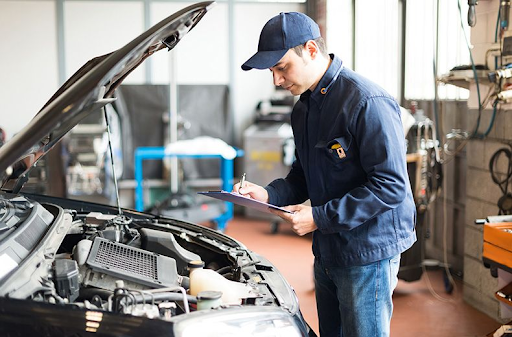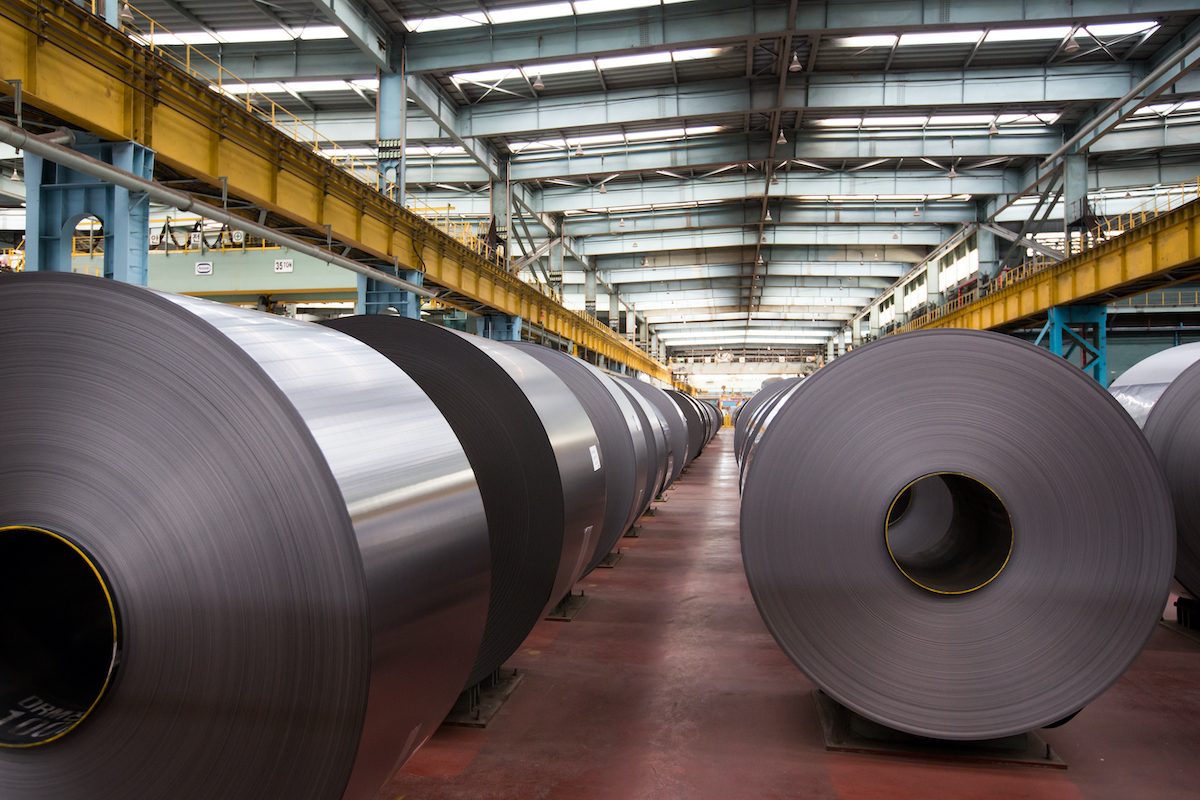Having a vehicle that uses less petrol is more crucial than ever in a world where petrol prices are continuously rising. However, what if your car doesn’t have the amount of fuel efficiency you desire? There are solutions to make it better, so don’t worry! Not every vehicle has the best mileage capabilities right out of the factory, even though the desire for fuel-efficient vehicles is still rising. But you know what? The good news is that there are quite many ways to improve the mileage & BHP of your mazda 3 MPS BHP. In this blog, we’ll look at eight easy ways to improve your car’s mileage. From driving practices to fuel economy, we have addressed:
Table of Contents
Toggle1. Replace the Air Filter
It is necessary to replace your air filter if it is so filthy that you don’t see much light through it if you take it up to a lightbulb. The purpose of an air filter is to keep contaminants out of your engine, however, it works so well that over time, those contaminants accumulate and lower the volume of air your car can absorb. It can lower your vehicle’s fuel efficiency by as much as 10%, based on how old it is. Modern engines equipped with computer control systems can typically detect a clogged filter and reduce fuel consumption to make up for it.
For maximum fuel efficiency, it nevertheless is beneficial to keep your filters generally clean.
2. Replace Your Oil
You might or might not approve of this, but if you are going to, make sure you get an oil container big enough to hold the amount of oil in your car to transport it to a recycling centre. Every year, do-it-yourselfers leak millions of gallons of oil into our land, trash, as well as sewers. This has harmed our groundwater. It is one situation where one person can seriously harm the ecosystem without even realising it, as it only takes roughly one gallon of oil to poison one million gallons of water. Your oil gets thick like syrup as it ages, which makes it much more difficult for it to function. An oil change should be performed once every three months or every 3,000 miles.
Considering normal oils may wear down with time, you should replace your car’s oil frequently even if you rarely use it very often. Using synthetic oil is one strategy to prolong your oil changes. Because of its more resilient nature, artificial oil does not degrade as quickly. For this reason, you might also consider synthetic to be marginally more environmentally friendly. Since synthetic oils have been shown in most studies to last about three times longer than standard oils, you are going to have to change it half as frequently.
3. Employ a Cleaner for the Fuel System
Running a high-quality gasoline cleaner via your gas tank every six months to a year is the best approach to return your car to its original state since over time, gas residue can clog up engine parts & fuel injectors.
4. Maintain the Right Tyre Pressure
Consider your tyres to be the cornerstone of your vehicle’s functionality. Make sure they are adequately inflated. Because of the increased rolling resistance caused by underinflated tyres, your engine must work more to move the car, causing decreased efficiency of the fuel. To guarantee smoother rides & higher mileage, check & readjust tyre pressure regularly!
5. Optimise Vehicle Weight
Reducing the weight of the car improves fuel efficiency, which is essential for improving gas mileage. Furthermore, lowering a car’s weight improves its responsiveness and agility as well as eventually results in lower petrol costs.
6. Put in New Spark Plugs
You can reduce your MPG by 7% with only one filthy, misfiring spark plug. If you have two misfiring plugs, your fuel efficiency will drop by 20%. In light of this, it’s critical to replace your ignition components approximately every 30,000 miles. Although some spark plugs, such as platinum & iridium, claim that you may postpone up to 100,000, the majority of experts advise not going much past 45,000 when discussing the amount of performance lost due to a single defective plug.
7. Smart Mode Selection
Have you ever observed your car’s many driving modes? They’re more than a show! Although environment mode is excellent for driving in cities, it could not be the most beneficial option for climbing hills. This is the reason: Your engine’s power output is limited in environmental mode, which might make climbing hills difficult. Your engine uses more fuel if it is working too hard. Change to regular or even sport mode when you encounter steep ascents.
8. Pick the Right Fuel Type
Based on your driving needs and financial constraints, pick the fuel type that is best for you. Choose carefully to maximise your car’s mileage, whether or not it’s petrol, diesel, or other fuels like CNG or LPG. To preserve engine performance and increase mileage, make sure you refuel from reliable sources.
Final Words
In addition to influencing vehicle energy use and general expenses for upkeep, fuel economy optimization is a very successful tactic for reducing pollution & carbon dioxide emissions. According to experts as well as observers of global climate change, carbon footprint is a severe issue which demands quick corrective action to protect the environment.





